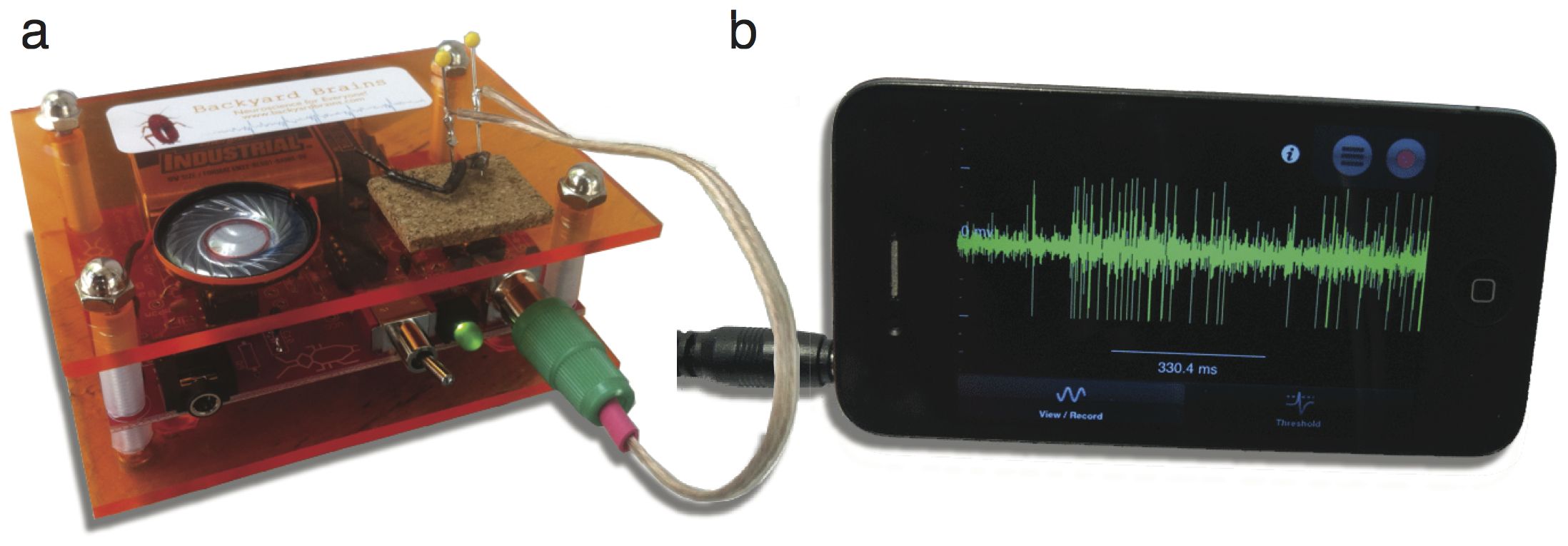Worth a Thousand Words: The Spikerbox

Pictured above is the SpikerBox, a low cost, open-source BioAmplifier developed by a team of scientist/engineers in their quest to bring neuroscience education to the K-12 curricula. The SpikerBox can be built by students and teachers in the classroom and enables a variety of experiments that, in the authors’ words, “provides a great way to learn about how the brain works by letting you hear and even see the electrical impulses of neurons!”
In their manuscript, “The SpikerBox: A Low Cost, Open-Source BioAmplifier for Increasing Public Participation in Neuroscience Inquiry” published last week in PLoS ONE, authors Timothy C. Marzullo and Gregory J. Gage describe the design of the SpikerBox and detail experiments employing the device in a classroom setting. They also provide learning materials and supplemental resources, including an assembly guide and student questions, for use in a lesson plan. Marzullo and Gage’s work is an excellent example of bringing together open-source hardware and open-access publication to support science education.
From the abstract:
Although people are generally interested in how the brain functions, neuroscience education for the public is hampered by a lack of low cost and engaging teaching materials. To address this, we developed an open-source tool, the SpikerBox, which is appropriate for use in middle/high school educational programs and by amateurs. This device can be used in easy experiments in which students insert sewing pins into the leg of a cockroach, or other invertebrate, to amplify and listen to the electrical activity of neurons. With the cockroach leg preparation, students can hear and see (using a smartphone oscilloscope app we have developed) the dramatic changes in activity caused by touching the mechanosensitive barbs. Students can also experiment with other manipulations such as temperature, drugs, and microstimulation that affect the neural activity. We include teaching guides and other resources in the supplemental materials. These hands-on lessons with the SpikerBox have proven to be effective in teaching basic neuroscience.
